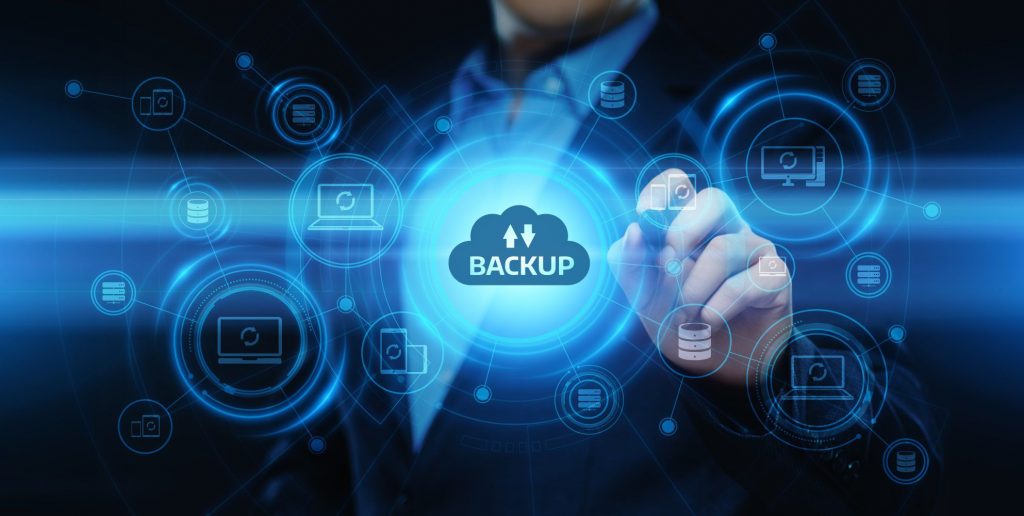What Is a VDR?
A digital data room is an on-line database that business services utilize to save extremely delicate and also classified info online. They are not simply electronic archives used to create backups of company documents. Rather, VDRs work as a user interface for organisations. Business have the ability not to store however additionally to share their organisation records with third party stakeholders such as investors, lawyers, and investors. And they can do so without compromising discretion. Businesses primarily make use of VDRs during fundraising, IPOs and also audits. The very first part of a VDR is file storage in the cloud. At first glimpse, VDR storage could not appear any type of different from generic cloud holding. The key distinction right here is data file encryption and ease of access.

Common cloud holding solutions are secure in the sense that any sort of data transmission to and also from the server is encrypted. Encryption prevents unsanctioned accessibility to the information by third party cyberpunks. But while the transmission lines are secure, the file itself is not. Any individual with a direct link to the hosted documents might be able to access the information. And this possibility continues to be, regardless of whether the data transfer to and from the web server it is encrypted. A Virtual Data Room, on the various other hands, secures the data transfer lines along with the files themselves. In this manner, organisations can make sure that in case of successful 3rd party invasions, the cyberpunks are left with nothing but gibberish data that cannot be comprehended without the right encryption key.
Multi-Factor Verification MFA
Protected documents storage is only one part of the story. File sharing can be difficult, considered that it could not always be feasible to find the source of a dripped file. VDRs play an essential role in developing the rules of accessibility of the organized records. There are two steps to ensuring the security of the held papers during data sharing. As soon as decrypted, the data are rendered to individuals who can validate their identifications with the help of a unique second verification process. This 2nd step could be anything from SMS-based OTP one-time passwords to RSA tokens and biometrics. However, with the National Institute of Specifications and Modern Technology NIST lately stating that SMS-based two-factor verification as dangerous, a growing number of VDRs are now relocating towards alternating forms of recognition
